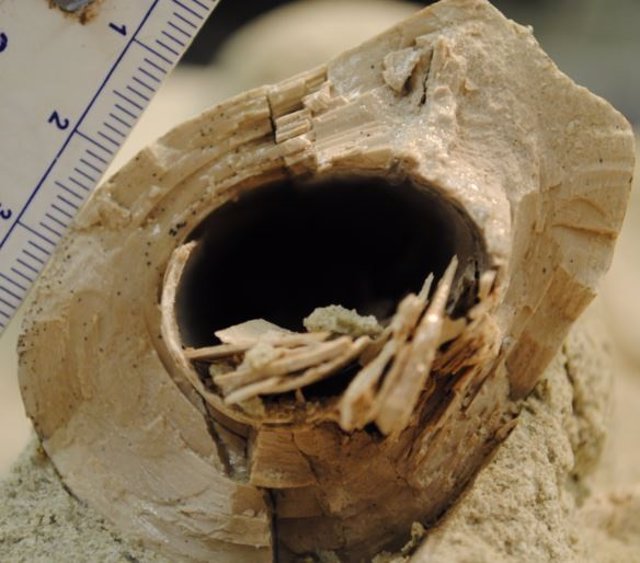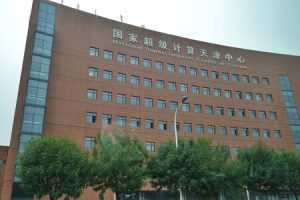24 Feb. () –
An examination of dinosaur bones has revealed that there was no relationship between growth rate and body size, according to findings published in the journal ‘Science’.
The carnivorous dinosaurs known as theropods that roamed ancient Earth ranged in size from the bus-sized T. rex to the smaller, dog-sized Velociraptor. Scientists who wondered how dinosaurs of such disparate sizes evolved recently discovered that the smallest and largest theropod dinosaurs like these they did not necessarily become so by the mere fact of growing slower or faster.
“It is believed that most animals evolved to be larger by growing faster than their ancestors, but this study shows that it is equally likely that larger and smaller animals grew for longer or shorter periods of time during spurts,” he says. Michael D. D’Emic, a paleontologist at Adelphi University in the United States and lead author of the study.
The bones of many animals, including dinosaurs, slowed or stopped growing each year, leaving marks such as tree rings that indicate the age of the animal and can be used to estimate growth rate.
“These types of rings are called cortical growth marks,” D’Emic explains. “Widely spaced rings indicate faster growth, and widely spaced rings tell us that an animal was growing more slowly.”
D’Emic, along with Patrick O’Connor, a professor at Ohio University, and Riley Sombathy, a doctoral student, and a team of Argentine researchers, measured about 500 such growth rings in about 80 different bones of theropods, the bipedal, mostly carnivorous dinosaur species closely related to birds.
“We found that there was no relationship between growth rate and size,” D’Emic explains. “Some giant dinosaurs grew very slowly, slower than today’s alligators. And some smaller dinosaurs grew very fast, as fast as alligators.” mammals living today”.
This made sense to co-author Thomas Pascucci, whose undergraduate thesis contributed to the project. “Extinct animals like dinosaurs inspire amazement at how different they seem from our modern world, but they were animals that grew under limitations and environmental factors similar to those of today“he points out.
According to O’Connor, this study opens the door for future research on how animals regulate their growth. “The alteration of different growth control mechanisms, at the molecular or genetic level, probably explains the variety of developmental strategies our team observed in theropod dinosaurs. –points–. Future studies of living organisms provide an opportunity to elucidate the mechanisms related to the evolution of body size in vertebrates more generally.”
Sombathy hopes to pick up on some of that research on the apparent dissociation between growth rate and body size, and his doctoral thesis will investigate the impact of growth rate and body size on bone form and function.
“This has really important implications because changes in rate versus moment can be correlated with many other things, such as pup number or size, longevity, or susceptibility to predators,” D’Emic adds. that this research stimulate research in other groups, both living and extinct, to see which developmental mechanisms are more important in other types of animals.”











